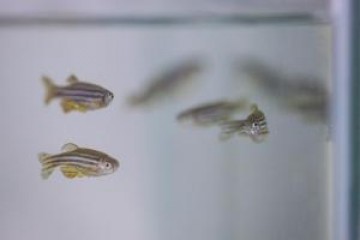PhD Studentship
Embryonic zebrafish models of HACD1-deficiency to replace mammals in congenital myopathy and lipidomic research

At a glance
In progress
Award date
October 2022 - September 2026
Grant amount
£120,000
Principal investigator
Dr Gemma Walmsley
Co-investigator(s)
Institute
University of Liverpool
R
- Replacement
Read the abstract
View the grant profile on GtR
